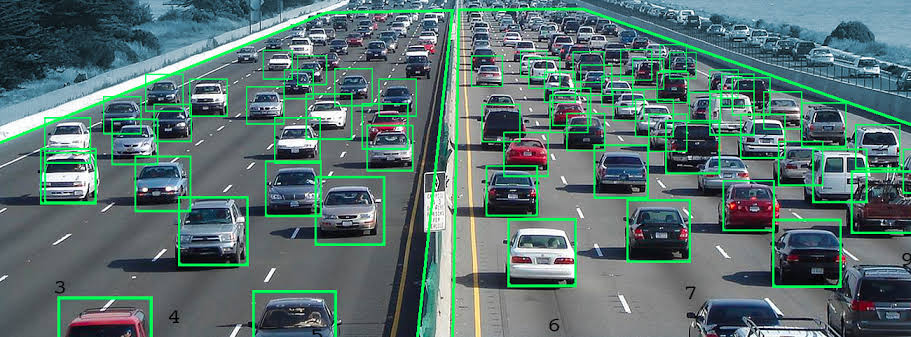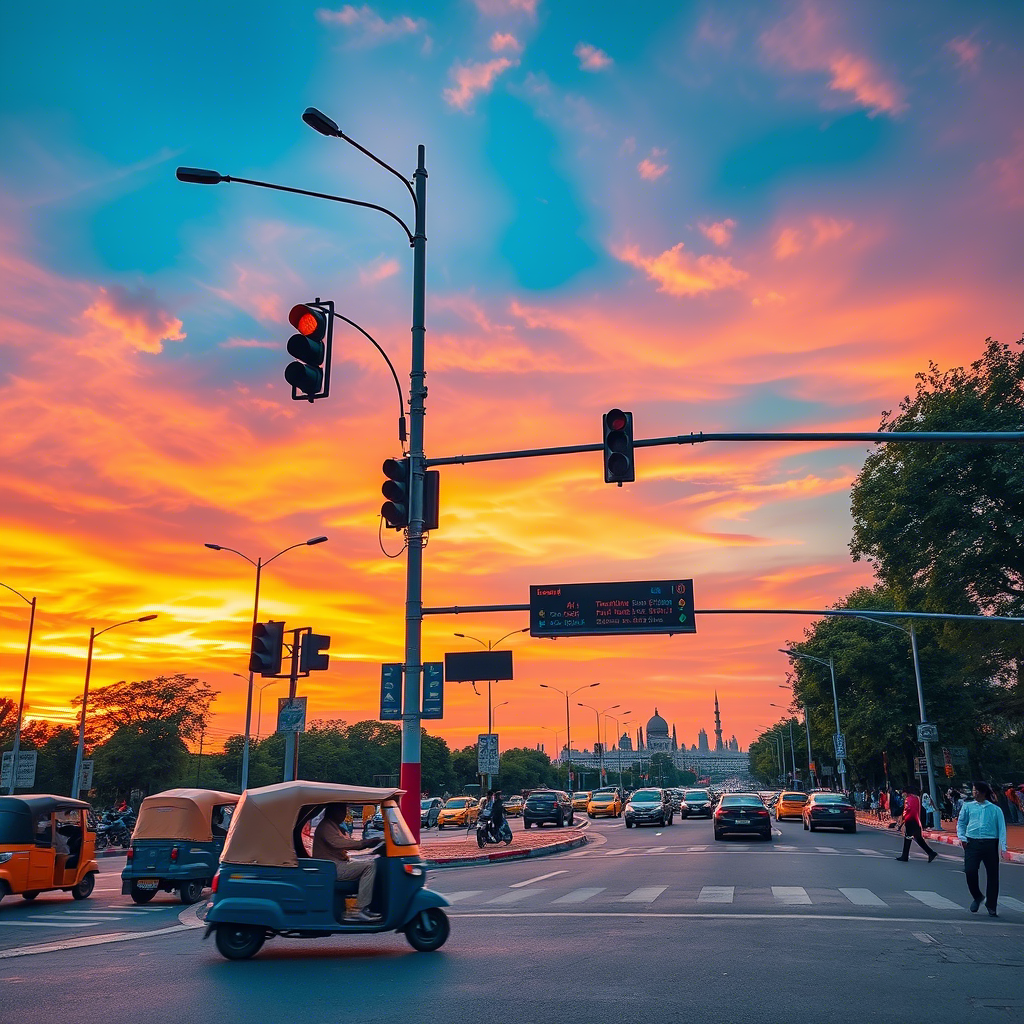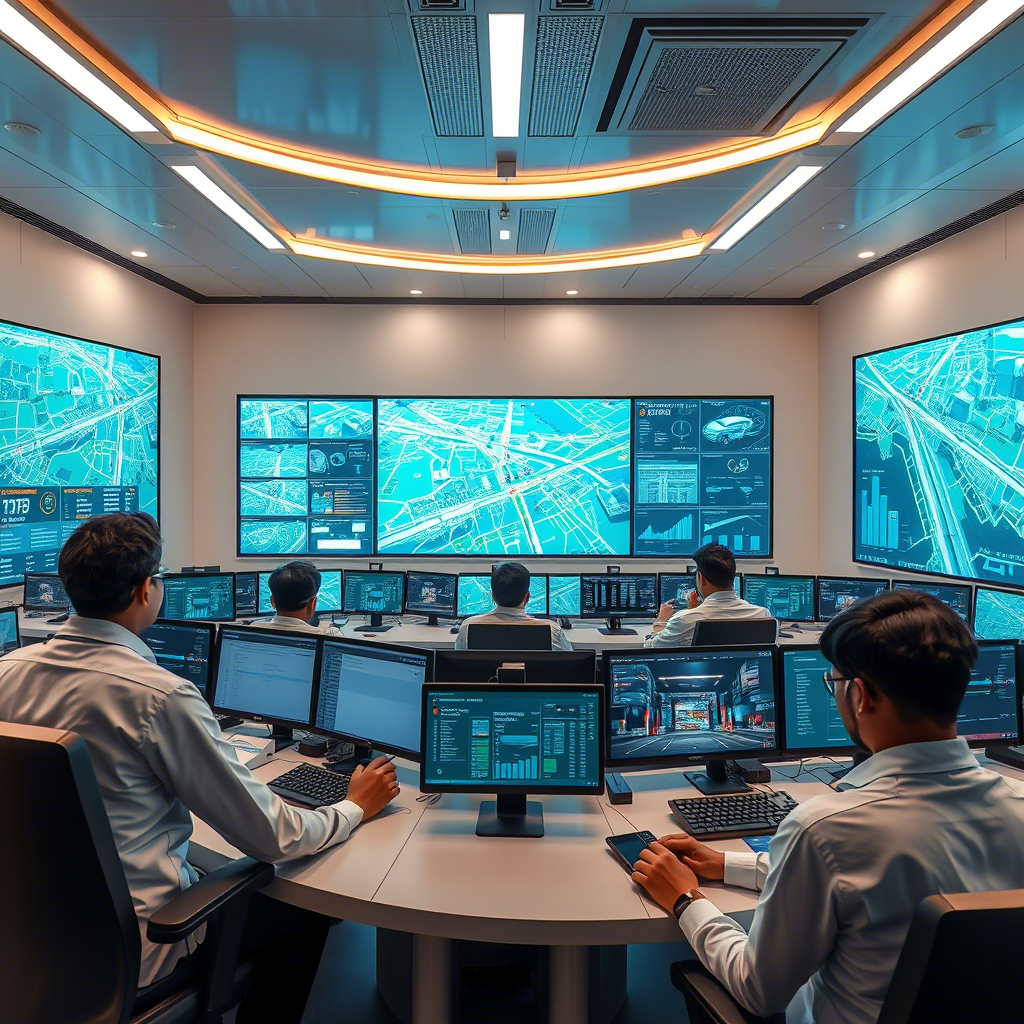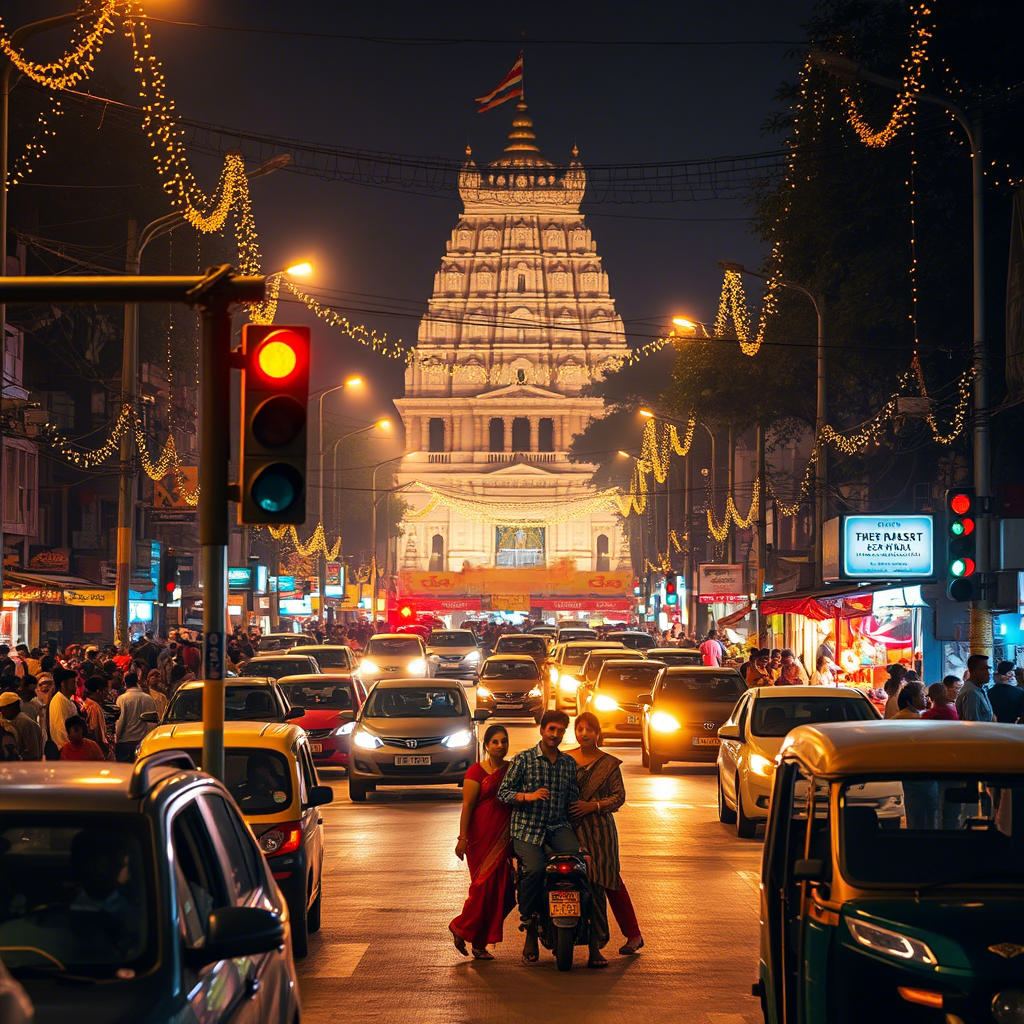Toward modernizing urban infrastructure, Nagpur has unveiled an innovative AI-based traffic management system, marking a significant milestone in the city’s journey to becoming a smart urban hub. Launched today as part of a broader suite of civic initiatives, this cutting-edge system harnesses the power of artificial intelligence to optimize traffic flow, reduce congestion, and enhance the commuting experience for millions of residents. As cities across India grapple with growing urbanization and traffic challenges, Nagpur’s adoption of AI-driven technology positions it as a trailblazer in redefining urban mobility.

The newly implemented system leverages advanced AI algorithms to analyze real-time traffic data collected from an extensive network of cameras, sensors, and GPS-enabled devices strategically placed across the city. Unlike traditional traffic management systems, which rely on fixed signal timings, Nagpur’s AI platform dynamically adjusts traffic light sequences based on live traffic conditions. By predicting congestion hotspots and identifying patterns in vehicle movement, the system ensures smoother traffic flow, minimizes delays, and reduces fuel consumption, contributing to both environmental sustainability and commuter convenience.
Nagpur, often referred to as the “Orange City” and a key economic hub in Maharashtra, faces significant traffic challenges due to its rapid growth and increasing vehicle density. Major intersections and arterial roads frequently experience bottlenecks, particularly during peak hours and festive seasons. The AI system addresses these issues by offering a data-driven approach to traffic management. For instance, it can prioritize high-traffic routes during rush hours, reroute vehicles to less congested paths, and even synchronize signals to create “green corridors” for emergency vehicles like ambulances and fire trucks. This adaptability is a cornerstone of the system’s design, tailored to meet Nagpur’s unique urban dynamics.
“The introduction of this AI-based traffic system is a transformative step for Nagpur,” said a spokesperson from the Nagpur Municipal Corporation (NMC). “Our vision is to create a seamless, efficient, and stress-free commuting experience for residents while promoting sustainable urban development. This technology not only improves traffic flow but also aligns with our broader goal of making Nagpur a model smart city.”

The system’s implementation is part of the Smart Cities Mission, a national initiative by the Government of India to enhance urban infrastructure through technology and innovation. Nagpur, selected as one of the first smart cities in 2015, has been at the forefront of this transformation, with projects ranging from smart street lighting to integrated public transport systems. The AI traffic system builds on these efforts, integrating with existing infrastructure to create a cohesive urban ecosystem. For example, the system is designed to sync with Nagpur’s public transport network, ensuring buses and metro services operate in harmony with road traffic, further reducing congestion.
Early feedback from commuters has been overwhelmingly positive. Residents like Priya Sharma, a daily commuter, shared their experiences: “I used to spend 45 minutes stuck in traffic on my way to work. Since the new system was activated, my commute has shortened by at least 10 minutes, and the roads feel much more organized.” Local businesses, particularly those reliant on logistics, have also welcomed the initiative, noting faster delivery times and reduced operational costs due to smoother traffic conditions.
Beyond immediate traffic benefits, the AI system is expected to have far-reaching impacts on Nagpur’s environmental and economic landscape. By reducing idling times at signals, the system lowers vehicle emissions, contributing to cleaner air in a city where pollution levels have been a growing concern. Additionally, the fuel savings from optimized traffic flow translate into economic benefits for commuters and businesses alike. The NMC estimates that the system could save thousands of liters of fuel annually, aligning with India’s sustainability goals under the Paris Agreement.

The rollout of the AI traffic system was not without its challenges. Developing and deploying the technology required significant investment in infrastructure, including the installation of high-resolution cameras and sensors, as well as robust data processing centers. The NMC partnered with leading tech firms to design the system, ensuring it could handle the complexities of Nagpur’s traffic patterns. Training civic staff to monitor and maintain the system was another critical step, as was educating the public about its benefits. To address privacy concerns, the NMC has assured residents that the system’s cameras focus solely on traffic monitoring and do not store personal data.
Looking ahead, the NMC plans to expand the system’s capabilities. Future upgrades may include features like real-time traffic updates for commuters via mobile apps, integration with autonomous vehicles, and enhanced pedestrian safety measures, such as AI-driven crosswalk signals. The system could also incorporate predictive analytics to anticipate traffic surges during events like the Nagpur Winter Assembly or major festivals, ensuring proactive management.
Nagpur’s AI traffic system sets a precedent for other Indian cities facing similar urban challenges. With India’s urban population projected to reach 590 million by 2030, scalable solutions like this could redefine how cities manage growth. Experts believe Nagpur’s model could inspire cities like Pune, Ahmedabad, and Bhopal to adopt AI-driven traffic systems, creating a ripple effect across the country.

As Nagpur takes its place as a pioneer in smart urban solutions, the success of this initiative highlights the transformative potential of AI in addressing real-world problems. By blending technology with civic vision, Nagpur is not only easing the daily commute but also paving the way for a more connected, sustainable, and efficient urban future.
Copyrights: Dhaka.ai



